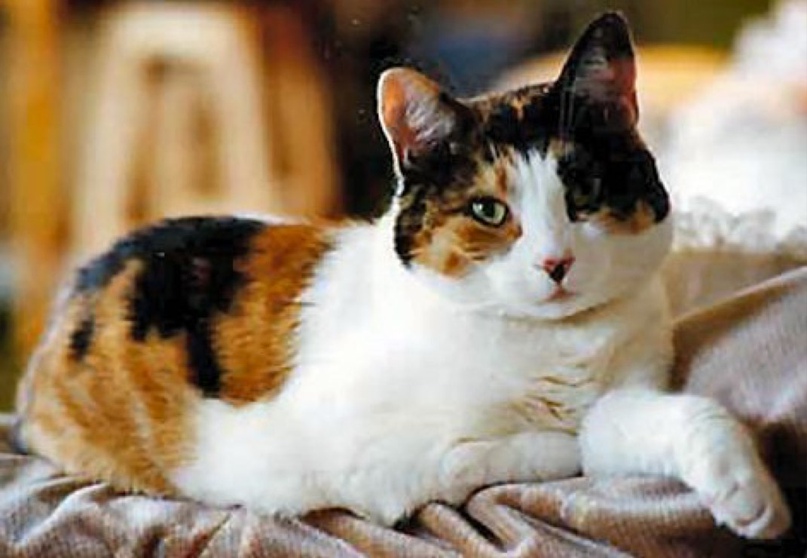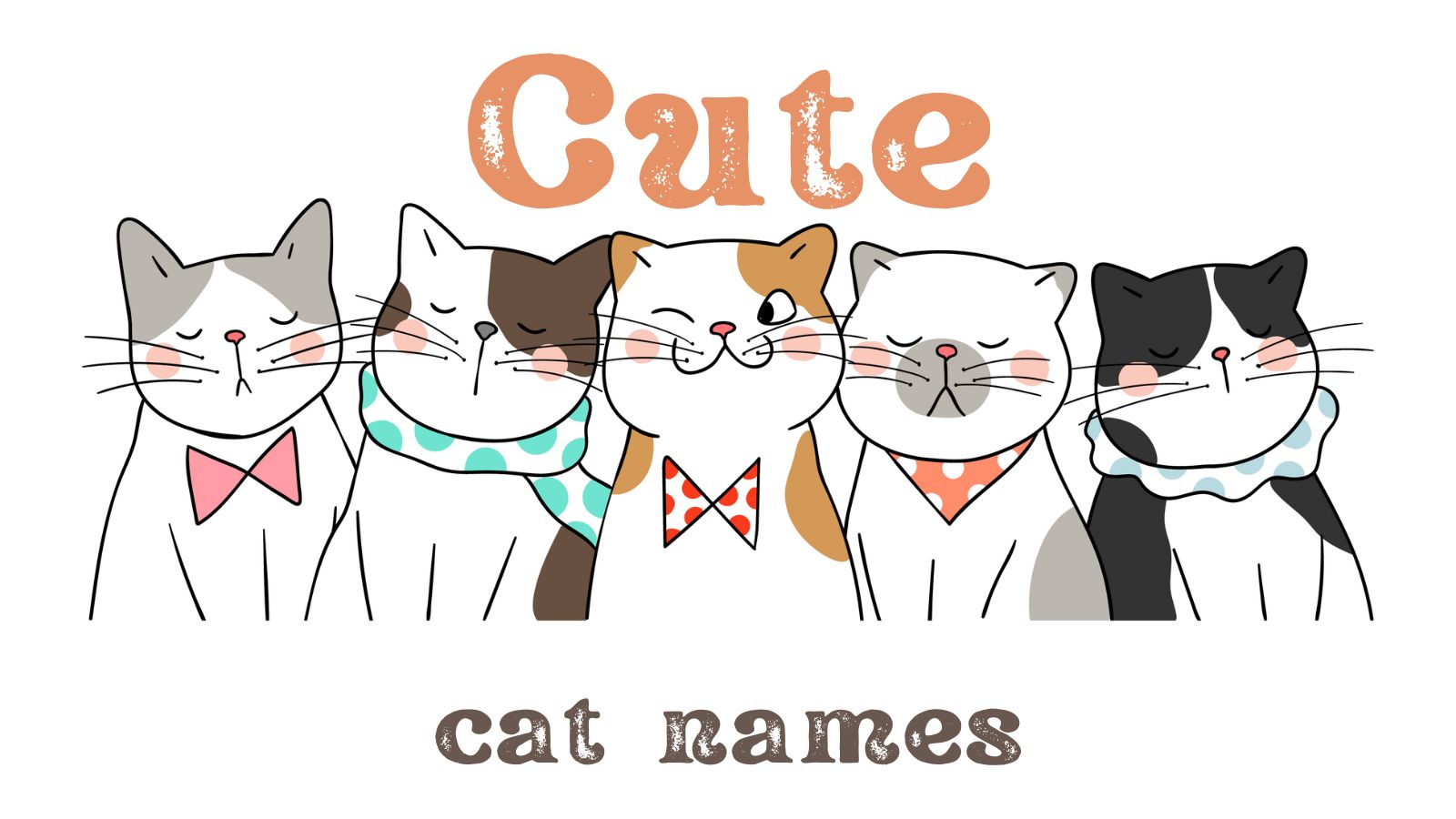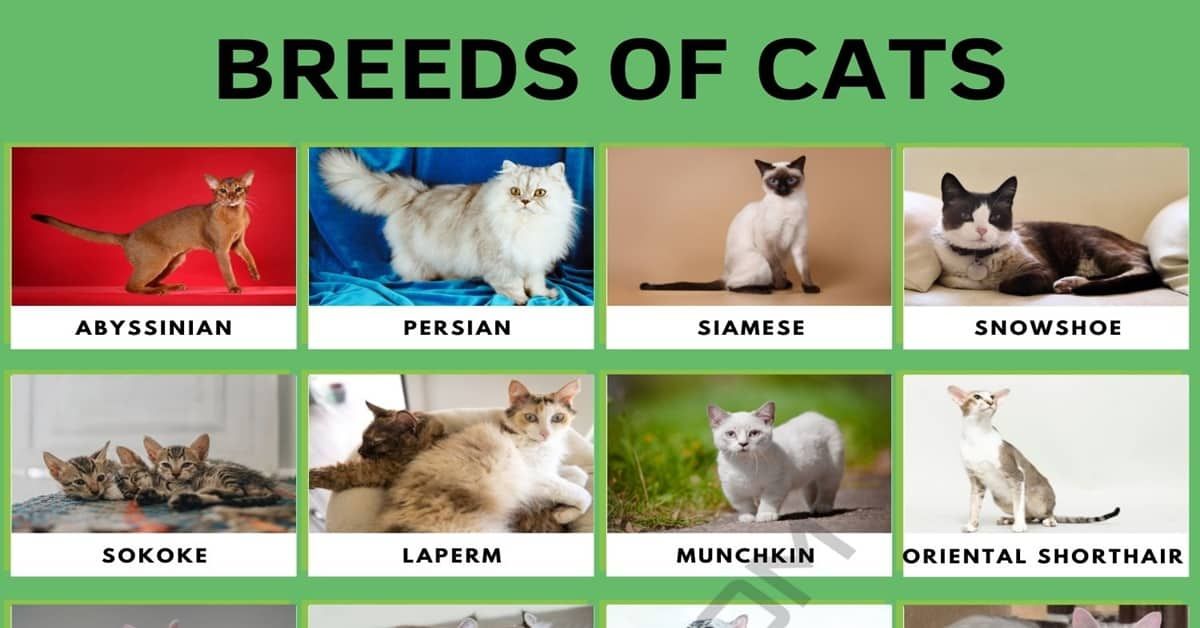Introduction: Why Siamese Cats Are a Breed Apart
Imagine a cat that greets you with a throaty meow, follows you from room to room, and gazes at you with sapphire-blue eyes that seem to pierce your soul. That’s the Siamese cat—a breed that blends elegance, intelligence, and a touch of mischief into one captivating package. Known for their vocal nature and striking appearance, Siamese cats have enchanted humans for centuries, from the palaces of ancient Siam to modern homes worldwide.
This 5,000-word guide is your deep dive into the world of Siamese cats. We’ll explore their royal origins, dissect their vibrant personalities, and provide actionable advice on care, health, and costs. Whether you’re considering adopting a Siamese, curious about their quirks, or simply a feline aficionado, this article offers a treasure trove of insights. Optimized for pet-related keywords like “Siamese cat care,” “Siamese cat price,” and “Siamese cat health,” it’s designed to attract readers and advertisers alike. Let’s embark on this journey to uncover why Siamese cats reign supreme in the feline kingdom.
A Royal Legacy: The Fascinating History of Siamese Cats
The Siamese cat’s story begins in the lush, tropical kingdom of Siam—modern-day Thailand—where they were more than mere pets; they were symbols of prestige and mystique. Historical texts, such as the Tamra Maew (The Cat-Book Poems) from the Ayutthaya period (1350–1767), depict cats with slender bodies, large ears, and color-pointed coats, traits unmistakable in today’s Siamese. These felines were revered by Thai royalty and monks, often residing in palaces and temples as companions and guardians.
One enduring legend claims Siamese cats protected royal treasures, their crossed eyes (a trait in early imports) resulting from intense focus on their duties. Another tale suggests they escorted the souls of the deceased to the afterlife, a testament to their sacred status. While these stories are likely embellished, they highlight the breed’s deep cultural roots.
The Siamese made their Western debut in the late 19th century. In 1878, a pair was gifted to Lucy Hayes, wife of U.S. President Rutherford B. Hayes, by the American Consul in Bangkok. Their arrival sparked curiosity across the Atlantic. By 1884, Siamese cats dazzled audiences at London’s Crystal Palace Cat Show, where their exotic looks—almond-shaped blue eyes, sleek coats, and dark “points”—earned them instant fame.
Early Siamese, dubbed “appleheads,” had rounder faces and stockier builds. Over decades, breeders refined them into the “wedgehead” variety—longer, leaner, and more angular—seen today. The Cat Fanciers’ Association (CFA) recognized the breed in 1906, and it quickly became a staple in cat shows. This evolution reflects a blend of tradition and innovation, preserving the Siamese’s allure while adapting to modern tastes.
Their journey from Siam’s royal courts to suburban living rooms is a testament to their enduring appeal. Today, Siamese cats remain a bridge between past and present, carrying a legacy of grace and mystery.
The Siamese Personality: Vocal, Devoted, and Dynamic
If Siamese cats could talk, they’d never stop—and in a way, they don’t. Their vocalizations are legendary, ranging from soft chirps to insistent yowls that echo through the house. Owners often joke that their Siamese “comment” on everything—dinner delays, closed doors, or simply the weather. This chattiness isn’t random; it’s a sign of their intelligence and desire to connect.
Siamese cats are extroverts in feline form. They crave human interaction, often shadowing their owners like loyal dogs. Expect them to greet you at the door, supervise your chores, or snuggle up during quiet moments. Their affection runs deep—many form a “favorite person” bond, showering them with attention while tolerating others.
Playfulness defines them too. Siamese cats retain a kitten-like energy well into adulthood, delighting in games of fetch, chasing laser dots, or scaling furniture. Their agility and curiosity can lead to antics—toppled plants, raided cabinets, or daring leaps. To channel this energy, provide toys like puzzle feeders or tall cat trees. A bored Siamese is a recipe for chaos, so enrichment is non-negotiable.
Are they family-friendly? Yes, with caveats. They adore active households with kids or other pets, but their neediness means they dislike solitude. If you’re away often, adopt a pair—they’ll entertain each other with acrobatics and chatter. Sensitive to change, they thrive on routine, so patience during transitions (like moves or new pets) is key.
Their personality—talkative, loyal, and spirited—makes them unforgettable. They’re not background cats; they’re front-and-center companions who demand (and deserve) your love.
The Siamese Look: Elegance in Every Detail
Siamese cats are living art. Their aesthetic is defined by:
- Eyes: Almond-shaped, vivid blue, and soulful, often tilting upward for a regal gaze.
- Coat: Short, silky, and tight to the skin, showcasing their lithe frames.
- Color Points: Darker markings on ears, face, paws, and tail, contrasting a cream or fawn body. Popular variants include seal point (deep brown), chocolate point (milk-chocolate), blue point (slate-gray), and lilac point (pale pink-gray).
- Body: Svelte and muscular, with long legs, a tapered tail, and oversized ears atop a wedge-shaped head (in modern Siamese).
This striking look stems from a genetic mutation: temperature-sensitive albinism. The enzyme tyrosinase, which produces melanin, activates in cooler body parts (extremities), leaving warmer areas pale. Siamese kittens emerge pure white, their points darkening over weeks—a magical process for owners to witness.
Their coat’s practicality matches its beauty. Shedding is light, and a weekly brush with a soft mitt keeps it gleaming. They’re fastidious self-groomers, but enjoy the bonding of a grooming session. Their lean physique aids agility—don’t be shocked to find them atop refrigerators or bookcases.
Traditional “applehead” Siamese, with rounder features, still exist alongside the sleek “wedgeheads.” Both are stunning, catering to varied tastes. This visual splendor, paired with low upkeep, makes the Siamese a standout breed.
Caring for a Siamese Cat: A Blueprint for Their Well-Being
Owning a Siamese is a privilege—and a commitment. Here’s how to keep them thriving:
Nutrition
Siamese cats love food, but their slim builds belie a risk of obesity. Opt for high-protein, low-carb cat food—think premium brands like Orijen, Blue Buffalo, or Royal Canin’s Siamese-specific formula. Wet food aids hydration, crucial since they’re prone to urinary tract issues. Avoid grains or fillers; their sensitive stomachs prefer clean ingredients.
Feed adults twice daily, measuring portions (e.g., 1/4–1/2 cup dry food, adjusted for weight). Fresh water is vital—cat fountains entice them to drink more, supporting kidney health. Treats are fine sparingly, but prioritize nutrition over indulgence.
Grooming
Their short coats are a breeze to maintain. A weekly brush removes loose hair and boosts shine—use a rubber grooming glove for a massage-like feel they’ll adore. Check ears for wax or dirt, wiping gently with a vet-approved cleaner. Dental hygiene is critical; brush teeth with feline toothpaste 2–3 times weekly to combat gingivitis, a Siamese weakness. Nail trims every 2–3 weeks prevent scratches during play.
Exercise and Enrichment
Siamese cats are athletes and thinkers. Daily play—15–30 minutes—keeps them fit and happy. Feather wands, balls, or laser pointers spark their hunting instincts. Cat trees or shelves satisfy their vertical cravings, while puzzle toys (e.g., treat balls) engage their minds. Rotate toys to fend off boredom; a stagnant environment breeds mischief like shredded curtains.
Environment
Their thin coats make them cold-sensitive. Maintain indoor temps above 70°F, especially in winter, and offer warm beds or heated pads. Safety matters—secure cords, hide toxins (like antifreeze or lilies), and provide scratching posts to spare furniture. A sunny window perch doubles as entertainment and relaxation.
Consistency and companionship are their cornerstones. With proper care, your Siamese will flourish.
Health Matters: Understanding Siamese Cat Vulnerabilities
Siamese cats typically live 12–15 years, with some hitting 20, but their genetics bring specific risks. Awareness and prevention are your best tools.
- Respiratory Conditions: Their elongated faces predispose them to asthma or bronchitis. Symptoms like coughing or wheezing warrant a vet visit—inhalers or humidifiers may help.
- Dental Disease: Periodontal issues plague Siamese. Brush regularly and schedule annual cleanings; bad breath or drooling signals trouble.
- Amyloidosis: This rare disorder deposits amyloid proteins in organs (liver, kidneys), causing failure. Watch for lethargy, appetite loss, or yellowing skin—early diagnosis via tests improves outcomes.
- Progressive Retinal Atrophy (PRA): A hereditary eye condition leading to blindness. Reputable breeders test for it—request documentation.
- Cardiomyopathy: Hypertrophic cardiomyopathy (HCM) thickens heart walls. Routine ultrasounds catch it early; symptoms include fatigue or rapid breathing.
Preventive care is non-negotiable: yearly vet exams, core vaccines (rabies, FVRCP), and flea/tick control. Spaying/neutering curbs reproductive cancers and behaviors like marking. Pet insurance ($20–$50/month) offsets costs for chronic issues. A proactive approach ensures your Siamese enjoys a long, vibrant life.
The Cost of Owning a Siamese Cat: What to Expect Financially
Bringing a Siamese home involves upfront and ongoing expenses. Here’s the breakdown:
- Acquisition: Shelter adoptions run $50–$150, often including spay/neuter and shots. Breeder prices vary—$400–$1,000 for pet-quality kittens, $1,500+ for show-quality or rare colors (e.g., flame point).
- Initial Setup: Litter box ($20–$50), food/water bowls ($10–$30), carrier ($30–$70), scratching post ($20–$100), and toys ($20–$50) total $100–$300.
- Annual Costs: Food ($200–$500), vet care ($150–$400), litter ($100–$200), and grooming supplies ($50–$100) range $500–$1,200 yearly.
- Extras: Emergency vet bills ($500–$2,000), luxury items (automatic litter boxes, $150+), or a second cat for companionship add up.
Siamese aren’t the costliest breed, but their social needs and health quirks require budgeting. Plan ahead for a rewarding investment.
Siamese Cats in Pop Culture: Stars of Screen and Page
Siamese cats shine in media. Disney’s Lady and the Tramp (1955) introduced Si and Am, sly Siamese twins whose song became iconic. In That Darn Cat! (1965), a Siamese named DC unravels a mystery, blending brains and bravado. Lilian Jackson Braun’s The Cat Who… series stars Koko, a Siamese sleuth aiding detective Jim Qwilleran, amplifying their vocal reputation.
These roles cement the Siamese as clever, charismatic, and slightly mischievous—traits that resonate with real-life owners.
Adopting a Siamese: Steps to Your New Best Friend
Ready for a Siamese? Rescue groups like Siamese Rescue or local shelters often have purebreds for $50–$200. Breeders offer kittens with pedigrees—verify CFA registration, meet parents, and check health clearances. Avoid backyard breeders; ethical ones prioritize health over profit.
Prep your home with supplies and love. Siamese adapt best with gradual intros—give them time, and they’ll repay you with devotion.
Conclusion: The Siamese Cat—A Lifetime of Love and Liveliness
Siamese cats are more than pets; they’re soulmates with personality to spare. Their history, beauty, and bond with humans make them extraordinary. Yes, they demand attention and care, but the payoff—years of loyalty, laughter, and purrs—is priceless. If you’re ready for a feline friend who talks back and steals your heart, the Siamese awaits.
Got a Siamese story? Questions? Drop them below—we’d love to hear from you!






